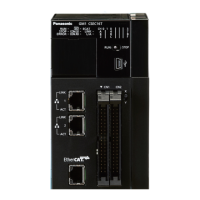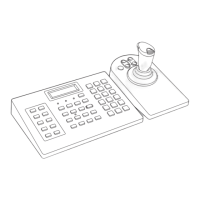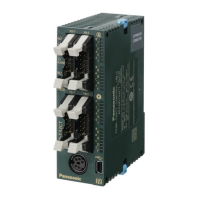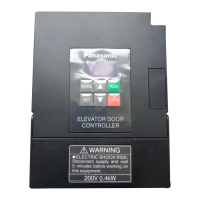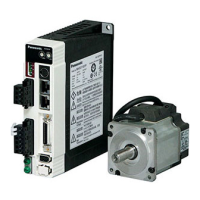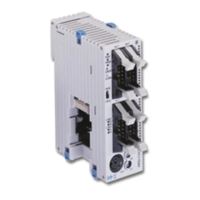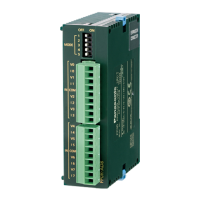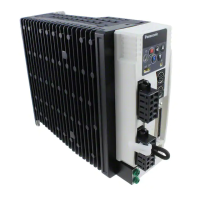Settings and operations of home return Behavior overview
DOG method 1
After the rising edge (front edge) of the near home switch (DOG)
is detected, the rising edge of the first home position (Z phase) is
detected and the motor stops. The stopping position is set as the
home position.
(Note 1)
DOG method 2
The rising edge of the near home switch (DOG) is detected and
the motor stops. The stopping position is set as the home position.
DOG method 3
After the falling edge (rear edge) of the near home switch (DOG)
is detected, the rising edge of the first home position (Z phase) in
the home return direction is detected and the motor stops. The
stopping position is set as the home position.
(Note 1)
Limit method 1
After the rising edge of the limit switch on the opposite side of the
home return direction is detected, the rotation of the motor is
reversed. Then, the rising edge of the first home position (Z
phase) is detected and the motor stops. The stopping position is
set as the home position.
(Note 1)
Limit method 2
The rising edge of the limit switch in the home return direction is
detected and the motor stops. The stopping position is set as the
home position.
Home return method
The axis moves from the current value toward the direction of
home return. Then, the rising edge of the first home position (Z
phase) is detected and the motor stops. The stopping position is
set as the home position.
(Note 1)
Stop-on-contact method 1
The axis is stopped by a mechanical stopping mechanism such as
a stopper
. Then, when the torque value exceeding the specified
value continues for a certain period of time, the motor stops. The
stopping position is set as the home position.
Stop-on-contact method 2
After the axis is stopped by a mechanical stopping mechanism
such as a stopper
, the rotation of the motor is reversed. Then, the
rising edge of the first home position (Z phase) is detected and the
motor stops. The stopping position is set as the home position.
(Note 1)
Data set method The current value is set as the home position.
High-speed home return method The axis moves to point 0, which is the commanded position.
(Note 1)
For E2, external latch input 2 (EXT2) is used instead of the home position (Phase Z). For E3, external
latch input 3 (EXT3) is used instead of the home position (Phase Z).
DOG method 1 [Edge detection of near home switch + Home position (Z
phase) based on front edge]
After the rising edge (front edge) of the near home switch (DOG) is detected, the rising edge of
the first home position (Z phase) is detected and the motor stops. The stopping position is set
as the home position.
The reference home position can be selected from the three types shown in the following table.
Type Reference home position
DOG method 1 Edge detection of near home switch + Home position (Z phase) based on front
edge
DOG method 1 (E2) Edge detection of near home switch + External latch input 2 (EXT2) based on front
edge
11.2 Basic Preparations for Operation
11-16 WUME-GM1RTXOP-01
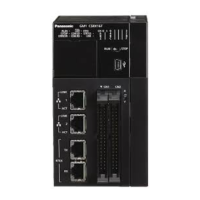
